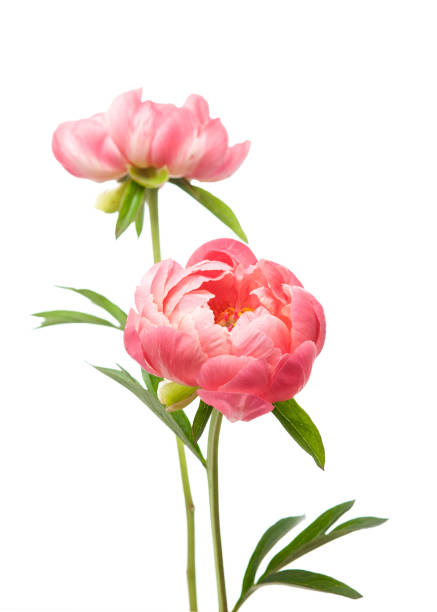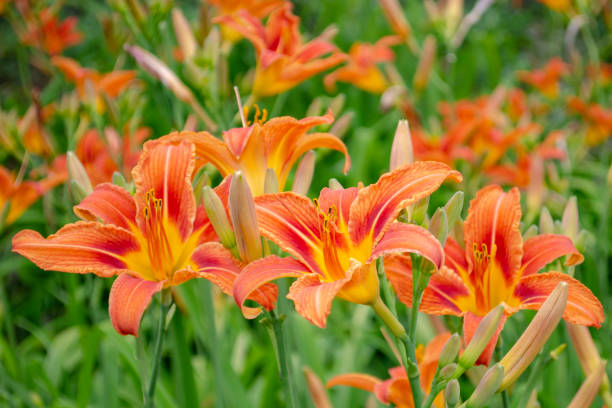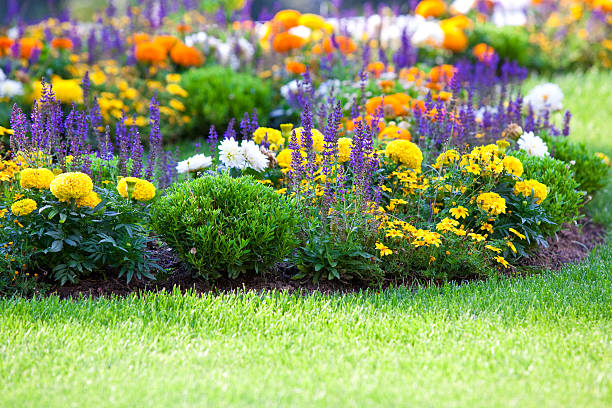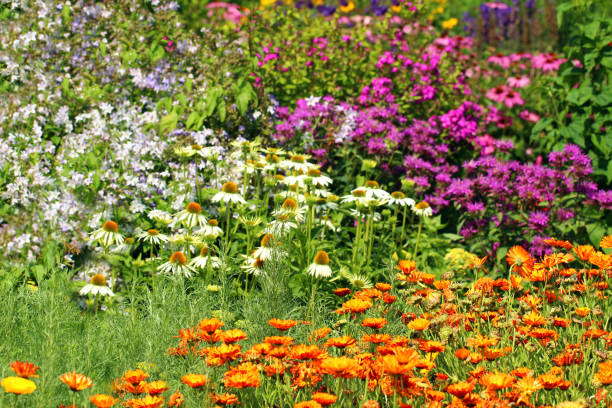Are you eager to design a picturesque garden that thrives year after year without constant replanting? If so, you’re in the right place! Certain flowers return annually, making them an ideal choice for anyone seeking a low-maintenance, yet colorful landscape. This comprehensive guide explores the details of flowering plants that reappear each year, offering insights into their care and selection.
- Understanding Perennials and Their Benefits
- Best Flowers That Return Annually
- How to Successfully Plant Flowers That Reappear Each Year
- Maintenance Tips for Year-Round Blooming Plants
- Choosing Flowers for Different Climates
- Why Investing in Perennials Is Worth It
- FAQs About Flowers That Return Each Year
Understanding Perennials and Their Benefits
What Are Perennials?

In simple terms, perennials are plants that regrow annually without requiring replanting. Unlike annual varieties that complete their life span within a single growing season, these resilient plants enter a dormant phase during colder months and bloom again when conditions improve.
Advantages of Growing Perennials
- Budget-friendly: No need for seasonal replanting, helping to reduce expenses.
- Effortless upkeep: Requires minimal attention compared to seasonal blooms.
- Soil enrichment: Their root systems enhance soil stability and fertility.
- Continuous appeal: Various species provide color and texture throughout the year.
Best Flowers That Return Annually
Discovering the right perennial flowers list can help you select varieties that suit your environment and preferences.
1. Daylilies

These vibrant blossoms flourish in diverse conditions and require little care, making them a top choice for low-maintenance gardens.
2. Coneflowers (Echinacea)
A favorite among pollinators, coneflowers bloom for months, adding charm and attracting bees and butterflies.
3. Peonies
Known for their captivating fragrance and large blooms, peonies can thrive for decades with proper care.
4. Black-eyed Susans
Their bright golden petals bring cheerfulness to any outdoor space, and they are remarkably resilient.
5. Hostas
Perfect for shaded areas, hostas offer lush, green foliage that enhances garden aesthetics.
How to Successfully Plant Flowers That Reappear Each Year

Follow these steps to ensure healthy growth and longevity:
Step 1: Pick the Right Spot
Evaluate factors such as sunlight exposure, soil type, and drainage capacity.
Step 2: Prepare the Ground
Incorporate organic matter like compost to enrich the planting area.
Step 3: Correct Planting Techniques
Ensure proper spacing and depth to allow healthy root development.
Step 4: Consistent Watering
Keep the soil moist, particularly during the initial growing phase.
Step 5: Add Mulch
A mulch layer helps retain moisture and suppress unwanted weeds.
Maintenance Tips for Year-Round Blooming Plants

- Trimming: Removing faded blooms encourages fresh blossoms.
- Feeding: Use organic plant food to boost vitality.
- Pest Control: Regular monitoring prevents infestations.
- Winter Protection: Insulate sensitive species during colder months.
Choosing Flowers for Different Climates
Cooler Regions:
- Hellebores
- Sedum
- Siberian Iris
Warmer Areas:
- Bougainvillea
- Lantana
- Mexican Heather
Shade-loving Varieties:
- Foxglove
- Bleeding Hearts
- Lungwort
Why Investing in Perennials Is Worth It
Opting for flowers that bloom annually ensures a long-lasting, visually appealing landscape. These plants offer a cost-effective, time-saving solution for anyone wanting a thriving garden without extensive upkeep.
FAQs About Flowers That Return Each Year
1. Do perennials come back every year?
Yes, they return annually, providing continuous beauty with minimal effort.
2. What are the easiest perennial flowers to grow?
Black-eyed Susans and daylilies are known for their easy care and adaptability.
3. How do I care for these plants in colder months?
Applying mulch and trimming back foliage can help protect them during winter.
4. Are there non-flowering perennials?
Yes, varieties like ferns and hostas are grown primarily for their foliage.
5. Can perennials thrive in containers?
Absolutely, many varieties adapt well to container gardening when given proper care.





